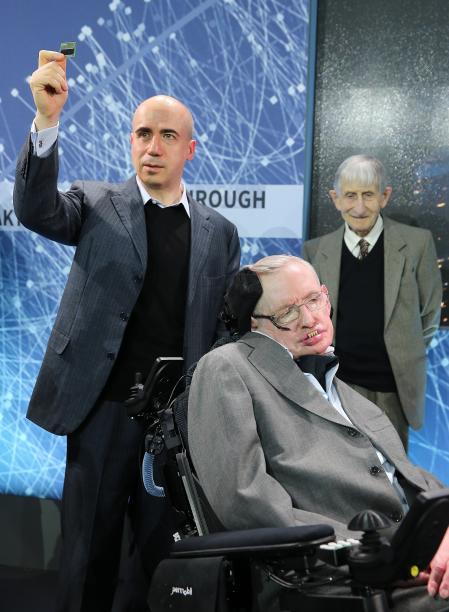My generation was the lucky one. We got to live in a time where we had the World Wide Web and all the trappings of modern convenience at our finger tips. We could look up information whenever we needed to know something. We could access historical data to help us write term papers in college. By the time our late twenties rolled around we were able to keep in touch with our long lost high school acquaintances thanks to the emergence of social media. And now in our thirties we get to Netflix and Chill. But we also got to have a real childhood. We got to play outside, use our imaginations, and as crazy as this sounds, actually got to be bored. Today’s generation is not so lucky. From the time they are three years old they have their attention spans sucked into the tiny screen in their tiny hands. The internet is now ubiquitous. Interwoven into the fabric of our lives. For better or for worse it’s a part of who we are. Would I want to change any of this? Of course not. But then again, I was one of the lucky ones.
It’s not often that I look back at great ideas of yesteryear as I’m more future focused, looking towards tomorrow and beyond. But every once in a while there comes a time when it’s worth getting nostalgic. Today, the 25th anniversary of the creation of the World Wide Web, is one of those days. I’m usually not big into celebrating birthdays and anniversaries but this is one worth getting excited about. Consider the following:
If there was no such thing as the Internet there’d be no such thing as Google. And if there’s no such thing as Google then we might never wind up with driverless cars, augmented reality glasses, the ability to reverse aging, The Singularity, machine learning, or any of the other countless moonshots that they are working on. They’d also be no YouTube which means no crazy cat videos.
If there was no such thing as the Internet there’d also be no such thing as Elon Musk because there’d have been no such thing as Paypal. And if there’s no Elon Musk there’s no Tesla, Solar City, Hyperloop, or more importantly, no eventual human presence on Mars.
If there was no such thing as the Internet there’s be no such thing as Amazon. And if there’s no such thing as Amazon there’d be no such thing as e-readers, talking speakers, or delivery via drone.
If there was no such thing as the Internet there’s be no such thing as Facebook. And if there’s no such thing as Facebook there’s hundreds of millions of dollars that would never get donated to schools in Newark or to charities around the world. There’d also be no home for Oculus Rift or Instagram if either of them even existed.
If there was no such thing as the Internet there’d be no such thing as Apple. And if there’s no such thing as Apple there’d be no Steve Jobs. And if there’s no Steve Jobs there’s no such thing as iTunes or smartphones or tablets. Not ones that we’d care about anyway.
Without the Internet there’d also be no Sir Richard Branson which means no Virgin Atlantic and no Spaceport America.
No Bill Gates which means no eventual cure for Malaria.
No Marc Andressen either. Which means no Andressen Horowitz. Which means no AirBnb, BuzzFeed, Groupon, Pinterest, Magic Leap, Skype, Soylent, or countless others.
Without an Internet there’d also be no Internet of Things.
If there’s no earth bound Internet there definitely wouldn’t be one in the solar system either. Sorry NASA.
In addition, you wouldn’t be able to ride in an Uber to a restaurant you found on Yelp to meet a date you met on Tinder.
There may not even be a you if your parents hadn’t meet online in a chat room or on a dating site.
You also wouldn’t be reading this. There’d be no WordPress, no Medium, no Twitter. No tools for amateurs to communicate with.
And worse of all there wouldn’t be a Wired magazine if there was nothing for them to cover. No dot com boom. No web 2.0. No Silicon Valley. No tech bubble. No unicorns.
Nothing.
Obviously it’s not all goodness all the time. The Internet has given rise to e-commerce which has to led to mom and pop book stores closing. It’s given rise to cyber bullying and cyber terrorism. To trolling and snark. It’s contributed to the rise in power of Donald Trump. But all in all, it’s been a tremendous boon to society. It’s revolutionized the way we live and work and communicate with one another. It’s made the world smaller and made us more interconnected which ultimately makes us all safer.
Is it perfect? No. Not even close.
But it’s who we are now.
Once you go wide there’s no turning the tide.

Is the World Wide Web the Greatest Idea Ever?
Read Full Post »










